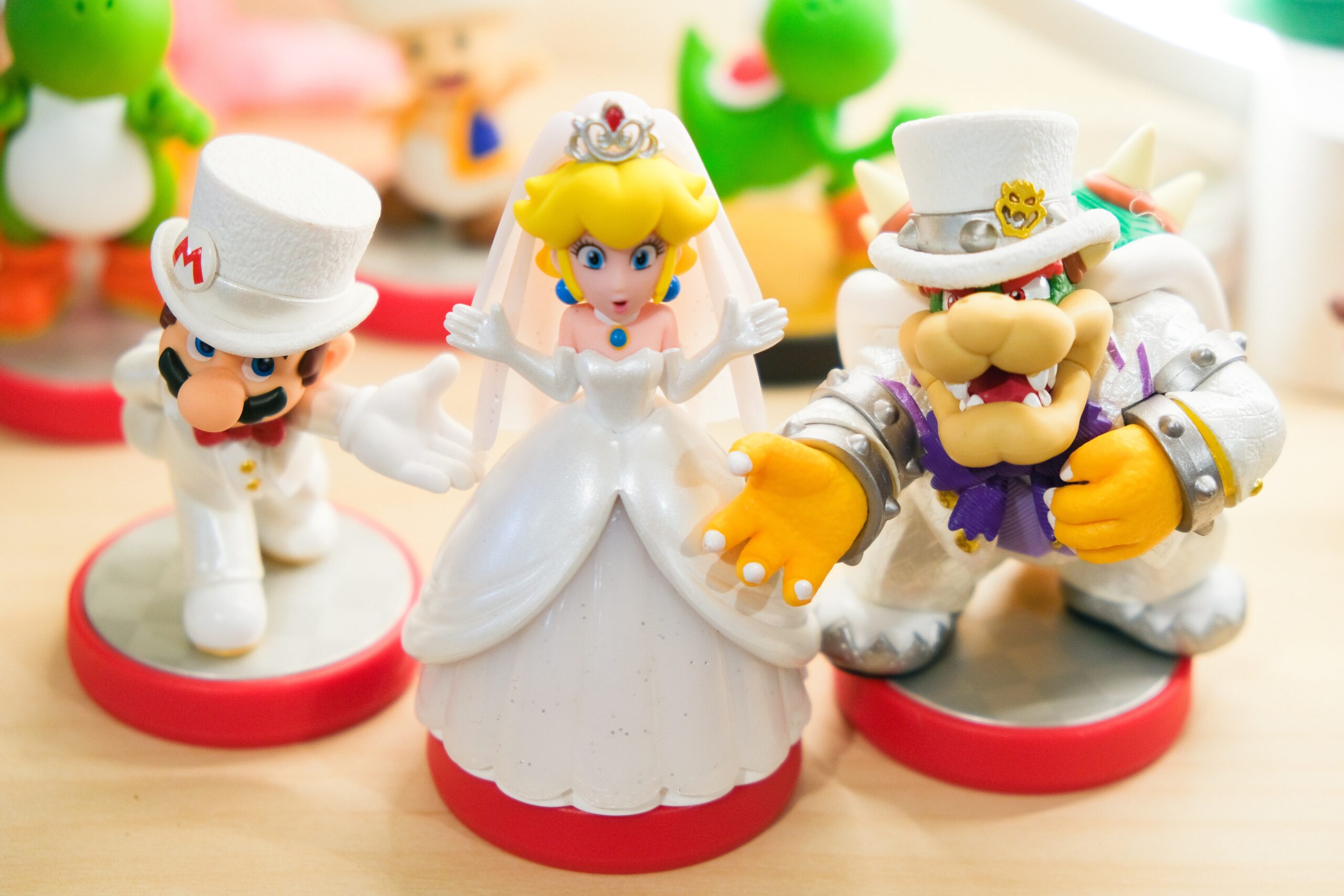Structure of visual rhetoric is composed of more than looks. It also draws ideas and methods from other fields, therefore images communicate meaning. Eyman points out that visual rhetoric is something we have created because we want to “use visual symbols for the purpose of communicating” (50). As we can see in many websites, there are a lot of pictures that the author uses to convey something meaningful.Each visual has a purpose in a website. They enable or highlight an idea or a feeling that the author is transmitting to their audience.
What does affect visual rhetoric?
Every design in a website has been picked strategically. However, besides color, aesthetics or designs, visual rhetoric is affected by culture. Different cultures can interpret an image differently. Eyman explains “cultures work hard to assure that images to not simply connote, but are clearly anchored” (50). Different groups of people are going to interpret images in different ways. Let’s take a look at memes. These images are all across social media. These portray a specific situation, an inside joke that only a certain group of people will understand.
For example, The Super Mario Bros movie that was recently released. Now we can see in social media more pictures of Jack Black. Anyone who is not aware of the movie is most likely not going to understand why a song about peaches and Jack Black have to do with each other. However, these two are intertwined and people who are part of this fandom get the joke that these pictures are providing. In Eyman’s words “It is the question of audience and the image’s persuasive effect (rather than simply aesthetic effect) that serves as one of the foundational elements of visual rhetoric” (50). These pictures form part of the structure of visual rhetoric. They provide an outlet to better express an idea. This rhetoric goes beyond colors or the aesthetic that a website offers. These are needed to engage in new media in a better way.





Leave a Reply